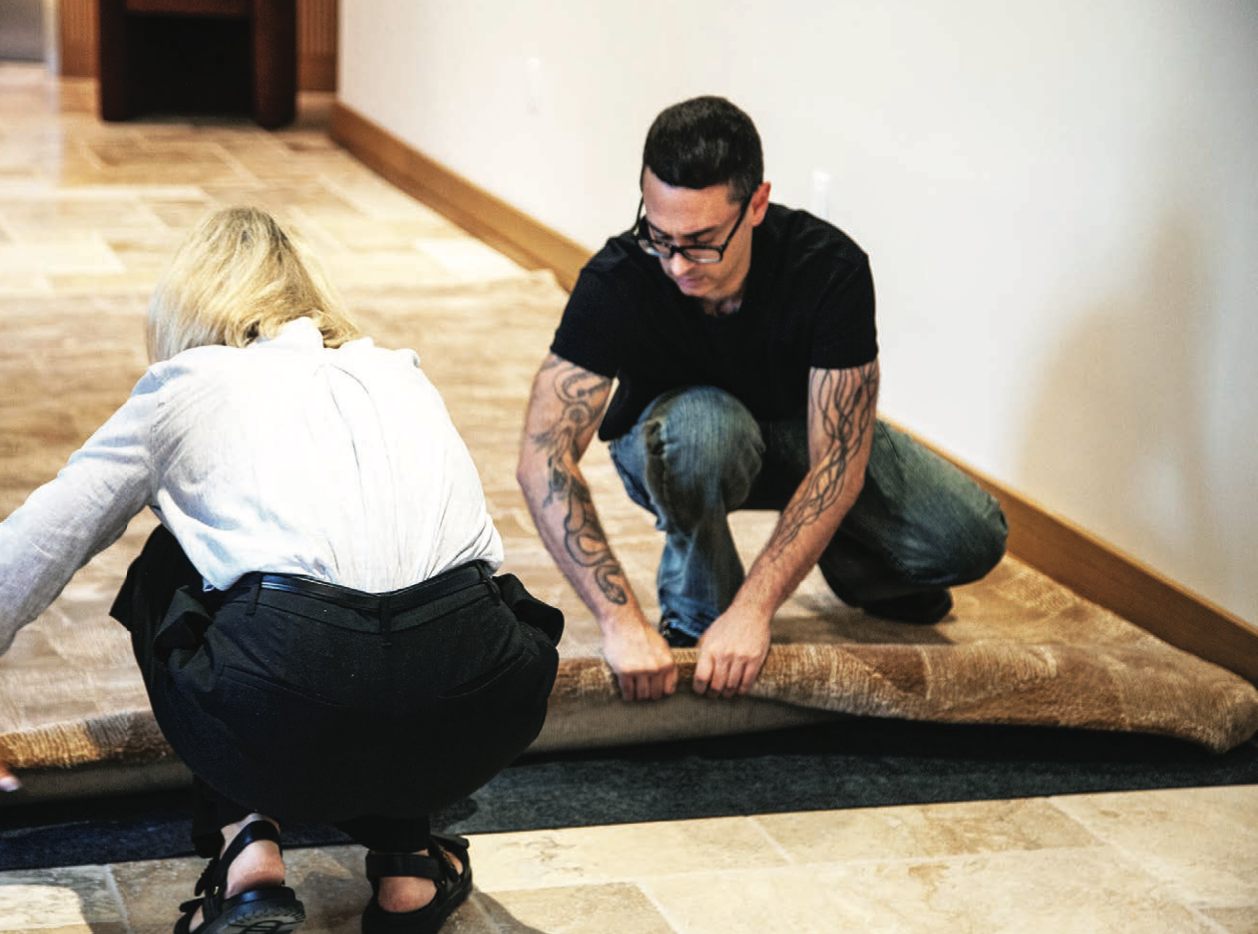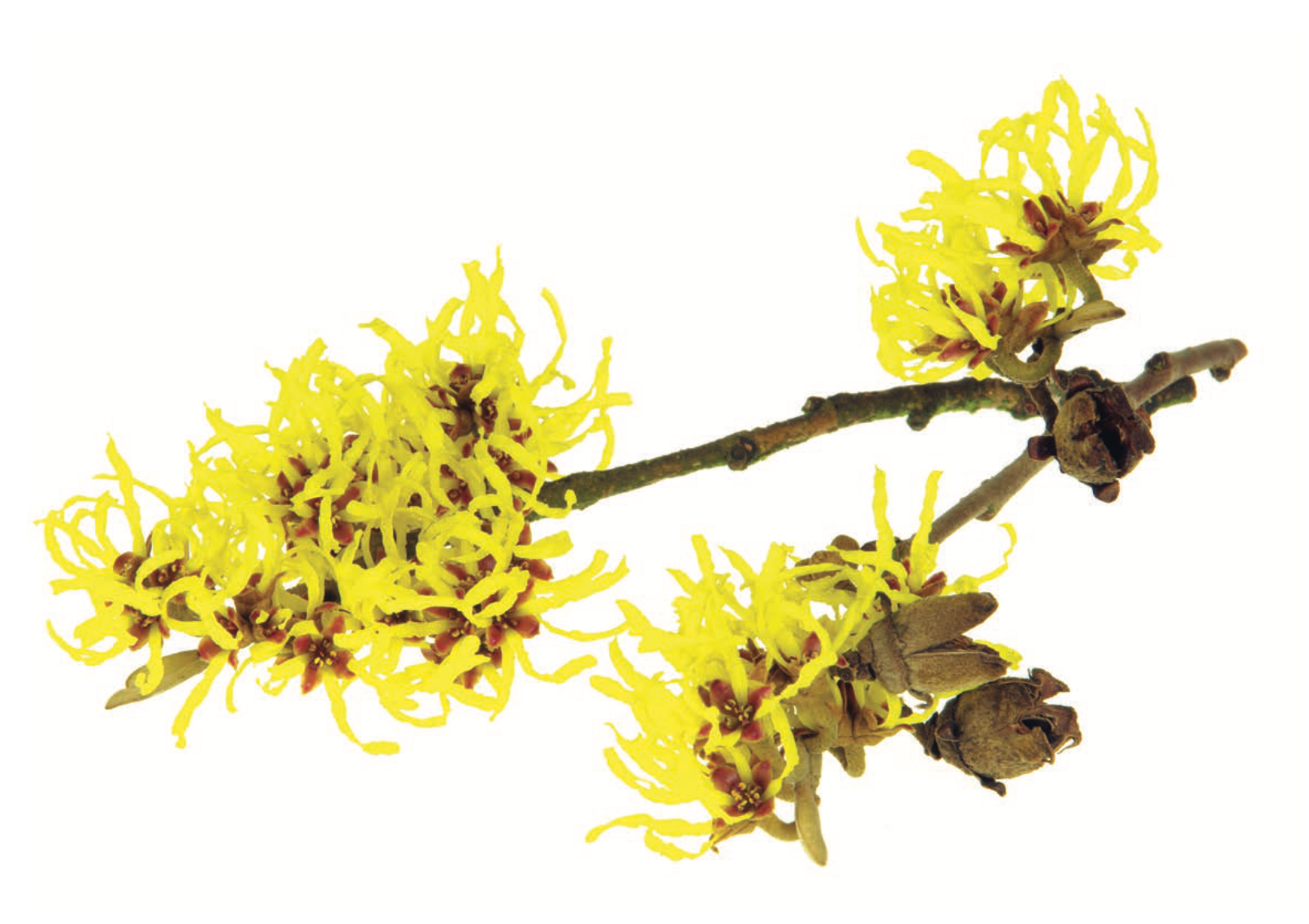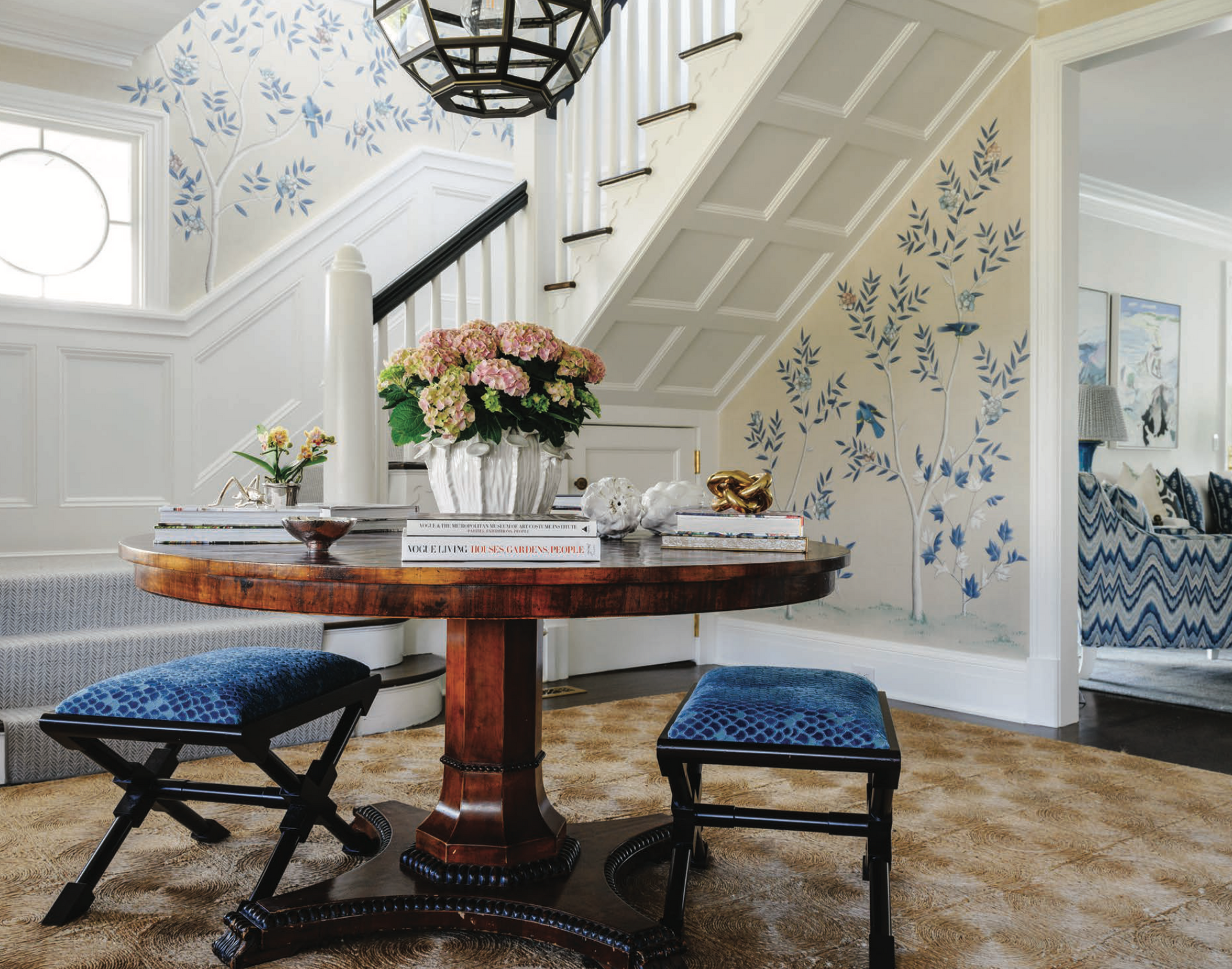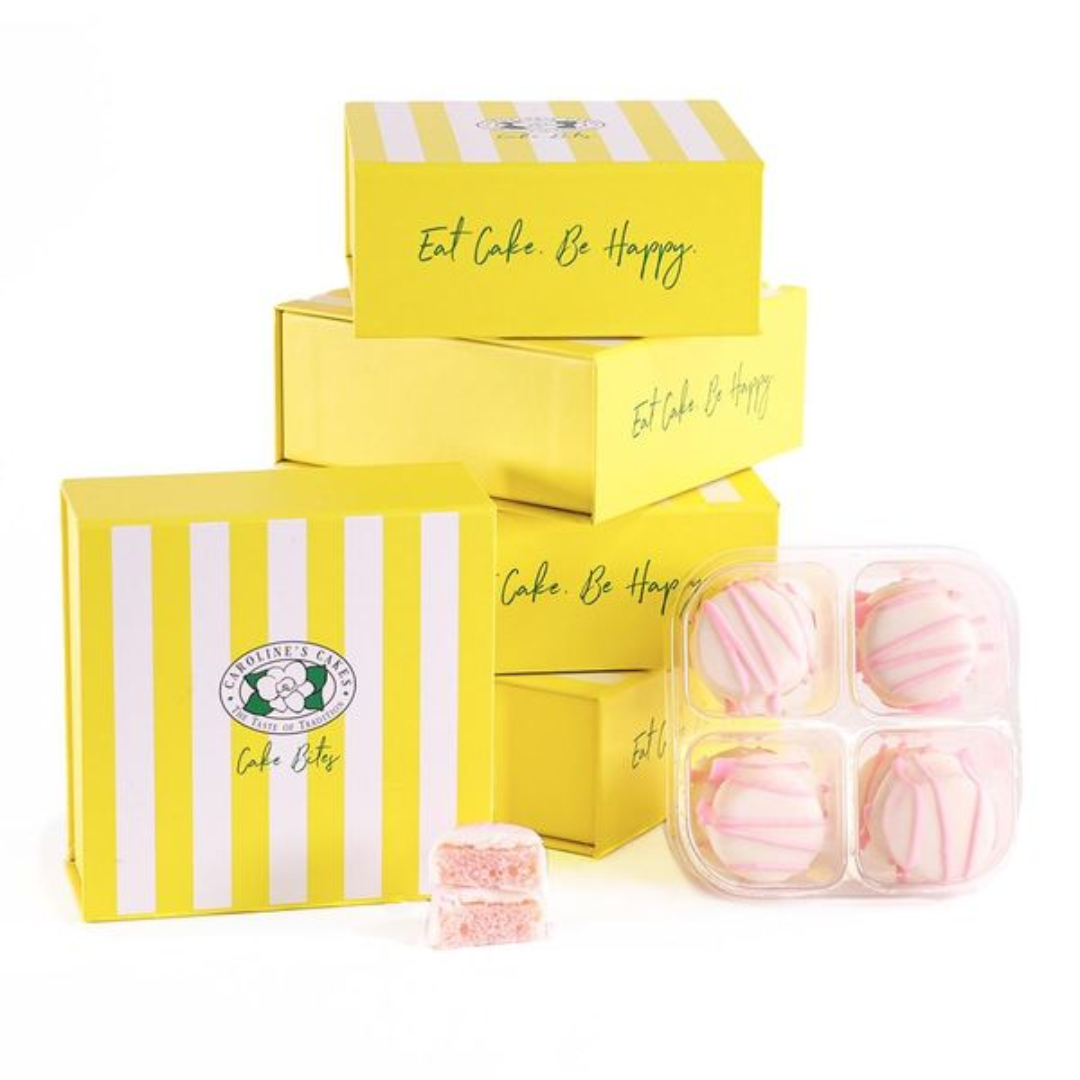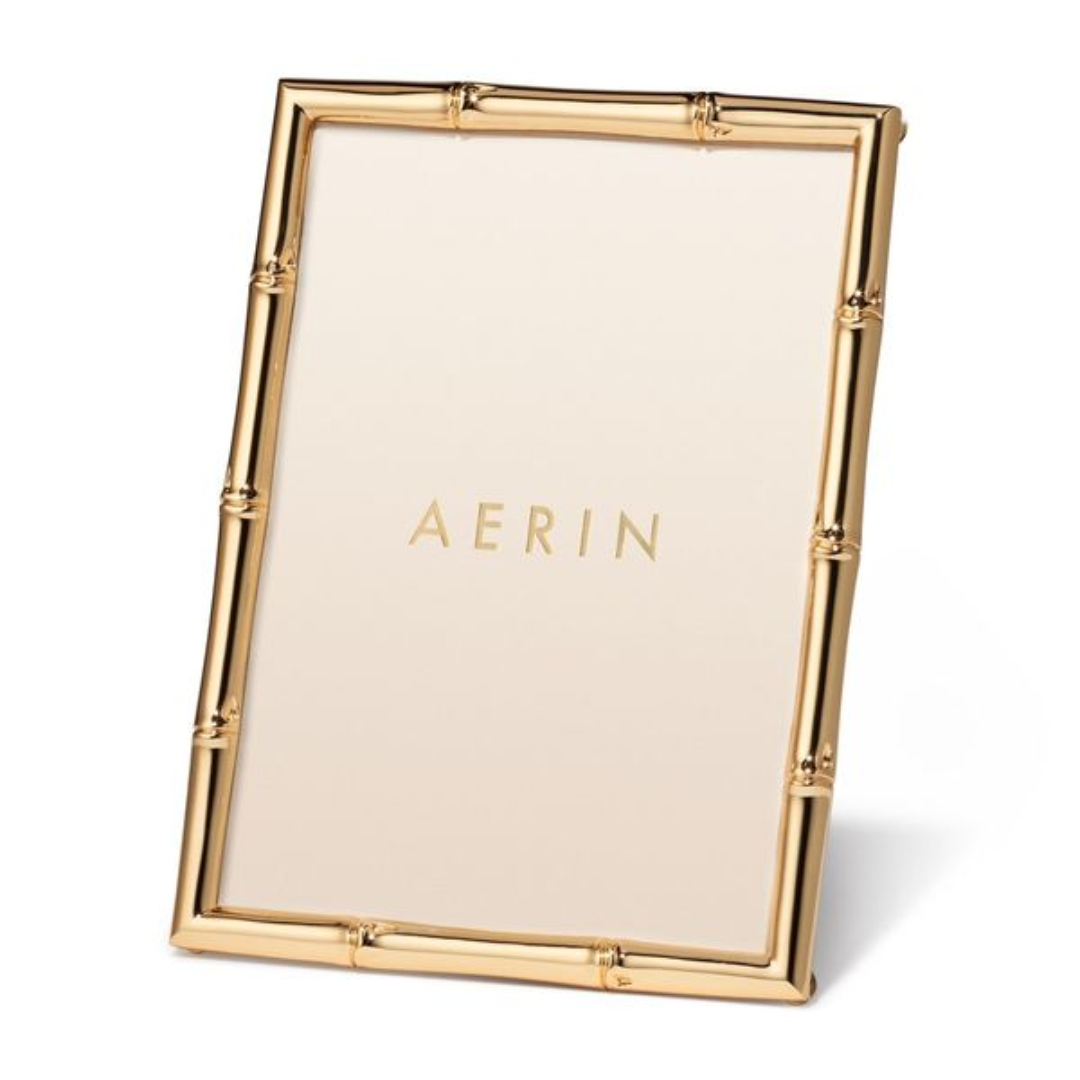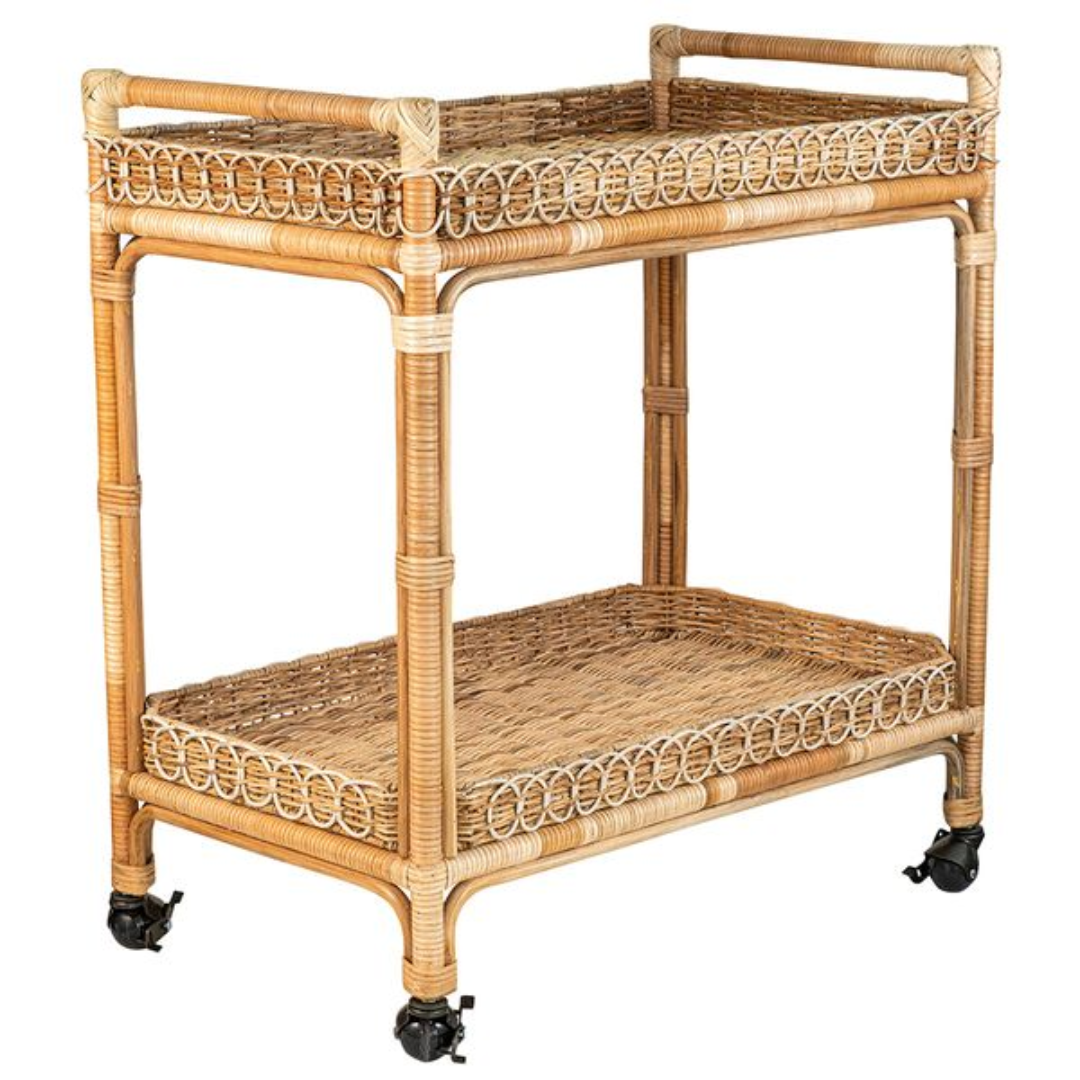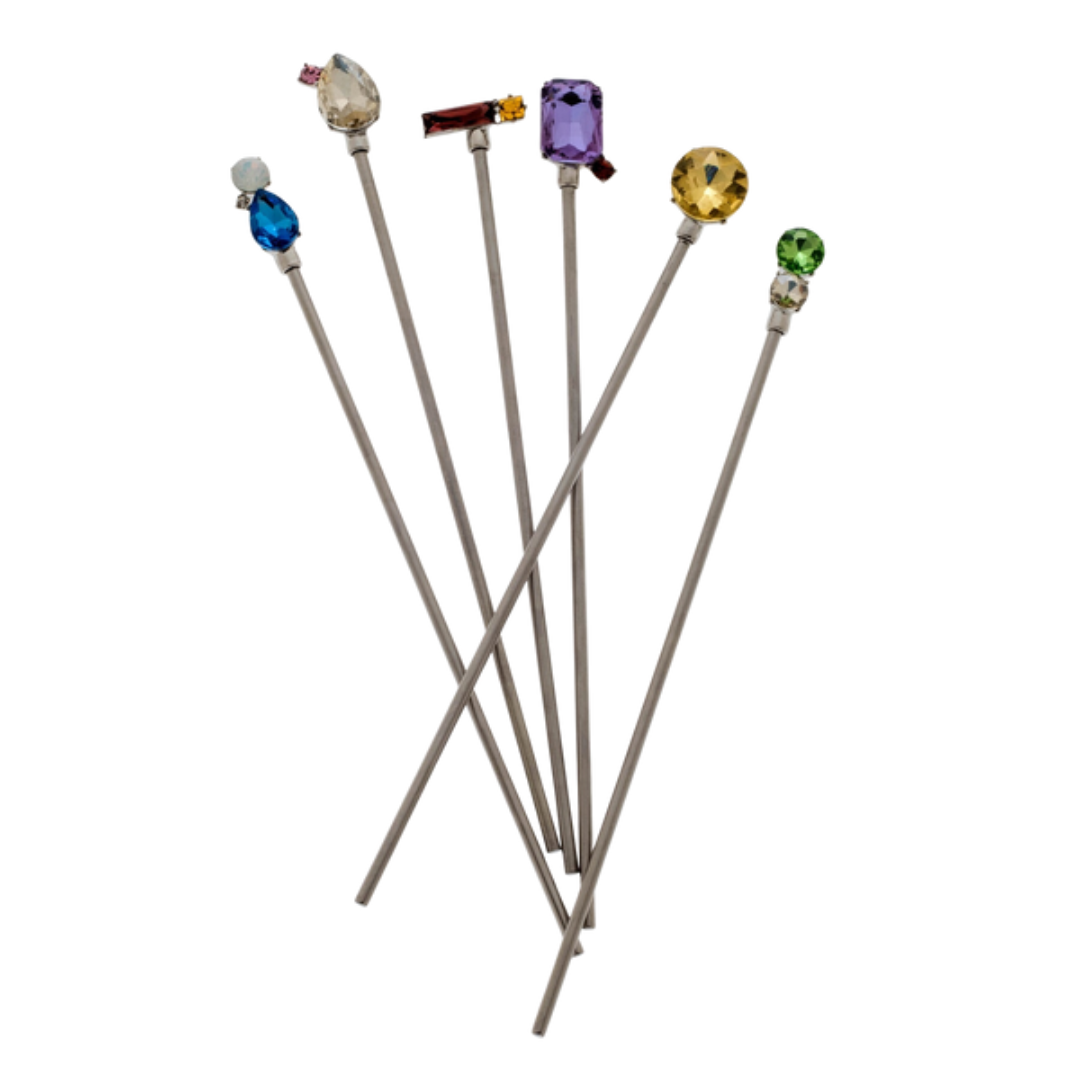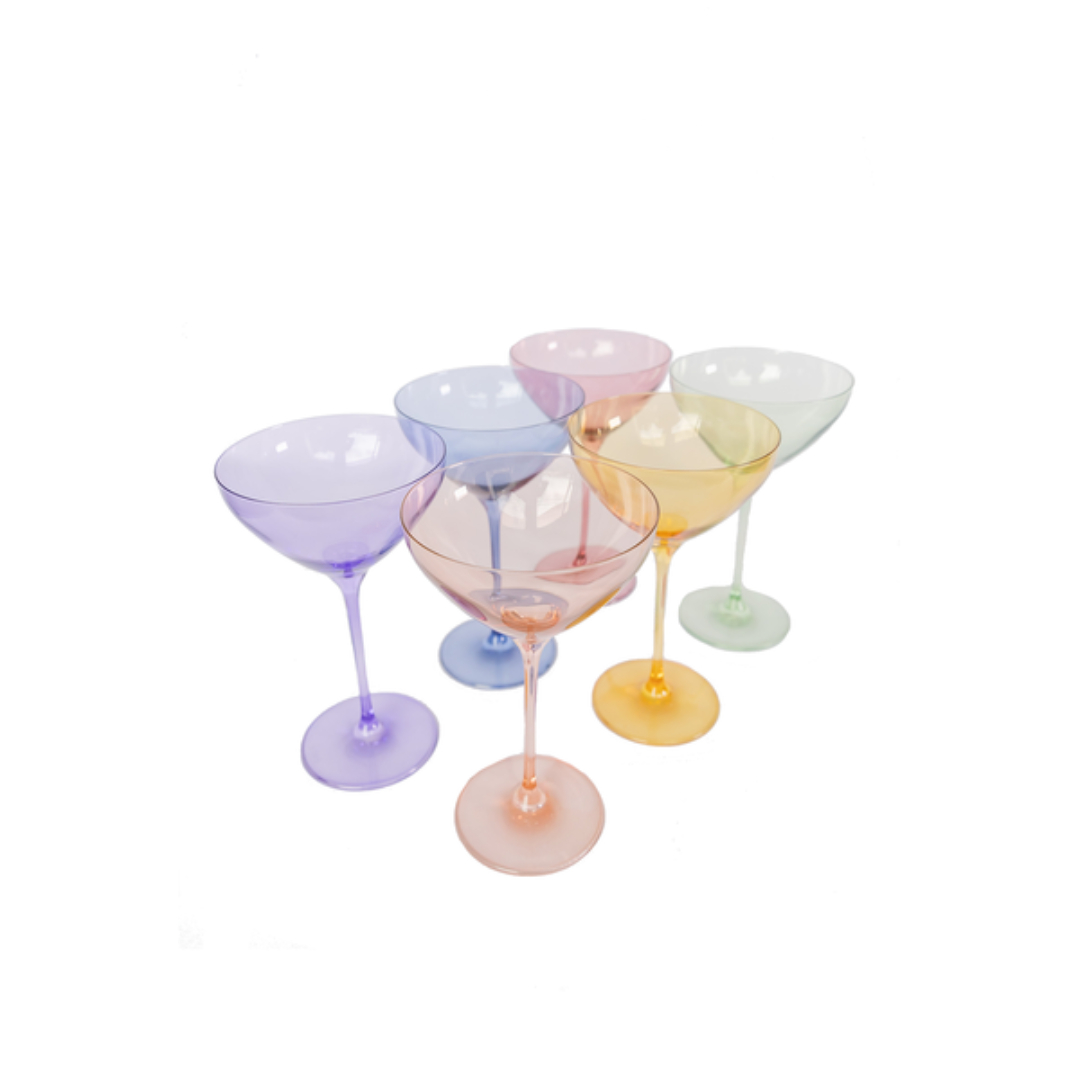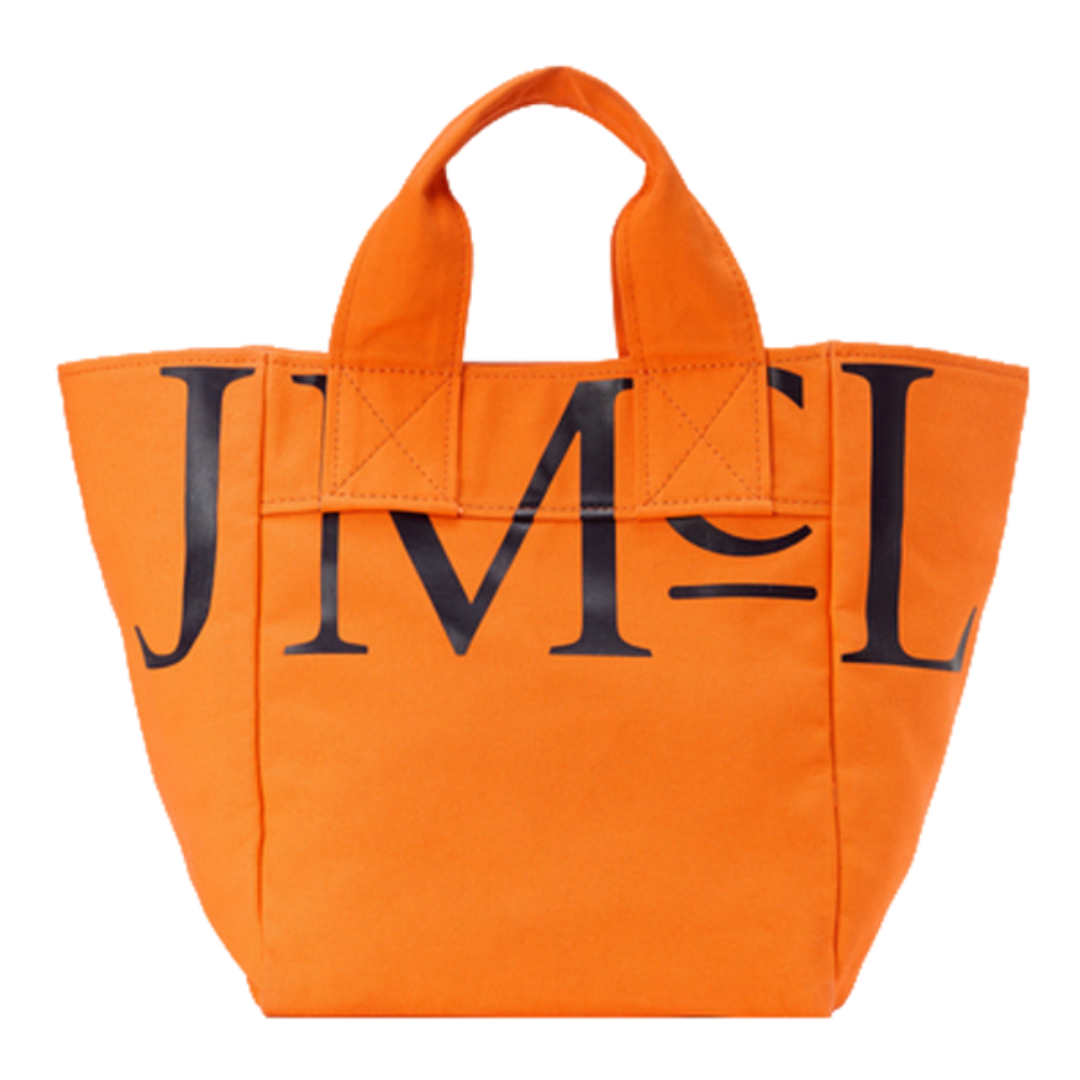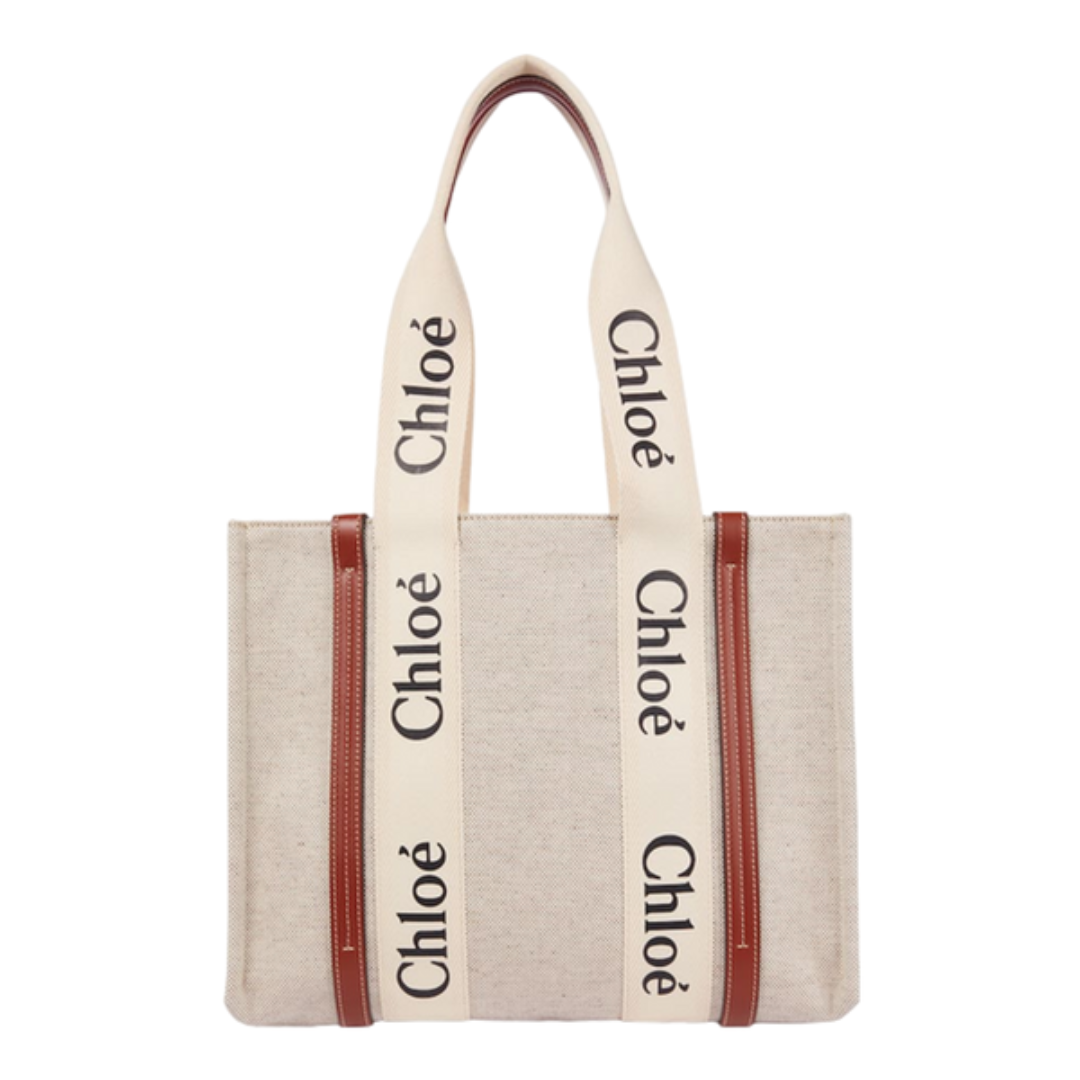Fletcher Williams: Discovering Home

After spending 6 years in New York City, arguably the global mecca for emerging creatives, multi-media artist Fletcher Williams III returned to his home city of Charleston, South Carolina with a new perspective on the South and a will to change the narrative.
Born in Charleston, Fletcher Williams III began creating so early in his life that he can’t quite recall his age. His mother, who studied art in college and was the earliest proponent for Williams’ creative pursuits, worked for a long-standing graphic design company in Charleston and would bring home leftover wood replicas of historic Charleston homes and landmarks. His elementary school art teacher, with whom he still keeps in touch, noticed Williams’ interest in the arts and encouraged him to continue his arts education at Charleston’s magnet arts school, Charleston County School of the Arts. When he did, that changed everything.
“The arts school in Charleston was the great equalizer. It was full of kids from all walks of life, socioeconomic statuses, and races. Creativity was in full force all around us, every day. I’d be in my art class and hear violinists practicing across the hall. It was a hugely nurturing environment for creativity,” Williams notes of his experience there.
Following high school, which cemented his desire to pursue art, he attended Trident Technical College and the College of Charleston, but it wasn’t long before a professor took notice of Williams’ talents, and encouraged him to apply to the prestigious Cooper Union School of the Arts in New York City. He was accepted in 2007, and to the Big Apple he went.
“I was surrounded by the most insanely talented, disciplined, creative, intellectual people I’ve ever met,” Williams says. “Cooper Union gave me access to resources, equipment, people, and experiences I otherwise never would have had. I could not have asked for a better environment,” he adds.
There were no required majors at Cooper Union, which meant that Williams dabbled in just about every discipline, though he studied a lot of graphic design, painting, and sculpture. As with most emerging artists, life immediately after graduation was challenging. He remained in New York, and while his connections to creatives and collectors alike ran deep in the city, his colleagues and friends slowly startled trickling away to graduate school, jobs in the arts, or abroad. To make ends meet, he worked on small commissions and projects for clients, but that wasn’t where his heart was. “I wasn’t doing what I really loved and wanted, and that was hard for me. I made the difficult decision to move back to Charleston, rented a Suburban, and packed all my stuff up,” he recalls. That was the summer of 2013.
Charleston hadn’t changed much, but Williams had. What started as a challenging re-entry into life in his hometown turned into the spark that became the fire for Williams and his work. Though he grew up there, he explored Charleston in a way he never had before, and dove deep into the Southern cultural vernacular—stories of Charleston’s history, its pronounced social hierarchy, and the race divisions that still plague the city. While working at a hotel, he met some young kids making and selling the popular souvenir Palmetto roses, a long-standing symbol of the South’s beauty and charm, on the streets of downtown Charleston. For Williams, however, this iconic symbol represented something more—one of cultural adaptation, self-sufficiency, entrepreneurship, and master craftsmanship.
Out of that dichotomy came Souvenir, his first solo project that juxtaposed the destruction and displacement of Charleston’s African American communities with the charm and beauty of southern culture, demonstrating his interest in social commentary and aesthetic formalism.
“The Palmetto rose is a cherished souvenir representing everlasting love. I questioned how I could subvert this object and bring attention to it with a new narrative, by memorializing the African American community,” Williams says. “It was a successful formula, this juxtapositioned work, that caught a lot of people’s attention, because it wasn’t customary to walk into a gallery in Charleston and be confronted by a jarring image. I felt this responsibility to honor something and celebrate the material, while challenging our existing perceptions,” he adds.
Much more followed that inaugural project, building Williams’ reputation as an artist who pushes boundaries and re-interprets both materials and symbols in search of deeper meaning. In his most recent exhibition, Promiseland, he examined one of the most commonly known iconic symbols of achievement of the American dream: the white picket fence. While most see it as representative of prosperity and opportunity, it spurred something much different inside for Williams—that of division, oppression, and the separation of the free from the enslaved. And so he re-imagined this concept, too, drawing on a re-interpretation that offered both a personal and public reckoning with an iconic metaphor so commonplace and accepted in society. What results from these transformations is work that is equal parts emotionally charged and strikingly beautiful. Presented at the Aiken-Rhett House Museum in Charleston, the exhibition offers works on paper, sculptures, and multi-media installations that “disrupt this historically complex symbol but offer opportunities to re-imagine the social and cultural landscapes of the American South.”
Now that Williams has carved out a niche for himself, the natural question lies around what is next. Having recently moved to a new studio space in a warehouse chocked full of other creatives, Williams is eagerly looking toward the future with big ideas, and plans to build upon the cultural dialogue and impact he has already created in the city. “I want to experiment. Collaborate with other creatives. Transform small ideas into big ideas. Doing those things helps me avoid becoming stagnant. I’m excited about the future,” Williams says.
Williams returned home uncertain about his next artistic chapter. What he found was a brand new perspective and a city that could serve as context for changing the conversation, and magnifying the realities in a way that only artists can.


